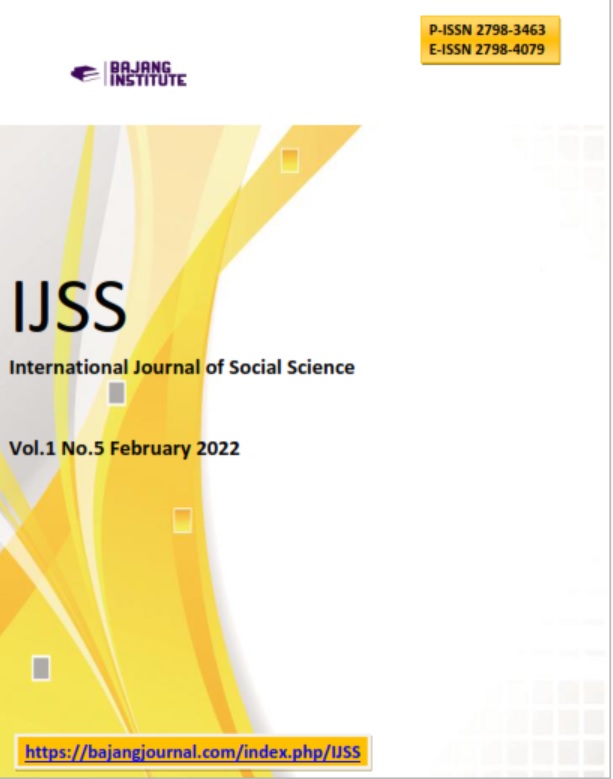IMSS-BASED INDONESIAN DEFENSE CONCEPT MAP FOR THE SUNDA STRAIT REGION
DOI:
https://doi.org/10.53625/ijss.v1i5.1319Keywords:
IMSS Maritime system Surveillance systemAbstract
The Indonesian Archipelago Seaway (ALKI) is a strategic area with heavy ship traffic. Starting with ships entering and exiting the Straits of Melaka (ALKI I), the Straits of Makassar (ALKI II) to the Papuaan waters (ALKI III).To protect and regulate seaway in Indonesian territorial waters, a centralized system is needed that can monitor all ships passing through Indonesian waters.Integrated Maritime Surveillance System (IMSS) is one of the latest technologies used by the militaries in many countries. Indonesia is one of the countries that has beganto implement IMSS in the marine defense system.In this paper, we conduct an evaluation of the IMSS concept in Indonesian waters to improve the seaway security. The results of the study conducted show thatthe implementation of monitoring systems using IMSS systems is important and needs to be implemented, especially in the ALKI I region, especially in the Sunda Strait. This requires good performance and coordination between the people and departments responsible for their respective responsibilities and functions. In practice, however, leadership in implementing information systems development and implementing IMSS-based oversight within the Navy still faces various hurdles.
References
LaksdaTNIDr.Suhirwan,S.T.,M.MT. Materi pembelajaran dosen Sistem Teknologi Pertahanan Laut.
https://manantoz.wordpress.com/penerapan-sistem-c4isr-pada-siskomdal-tni/accessed on 09 June 2020.
https://id.scribd.com/document/323704175/IMPLEMENTASI-C4ISR accessed on 09 June 2020.
https://jakartagreater.com/113592/c4isr-command-control-communicationcomputerintell egence-surveilance-and-reconnaisance-tni/ accessed on 09 June 2020.
https://www.hobbymiliter.com/2407/kehebatan-c4isr-sebagai-sistem-pertahanan-indones ia/ accessed on 25 January 2022.
http://defensestudies.blogspot.com/2010/01/tni-al-optimalkan-penggunaan-radar.html accessed on 09 June 2020.
https://abarky.blogspot.com/2013/05/integrated-maritime-surveillance-system.html accessed on 09 June 2020.

















